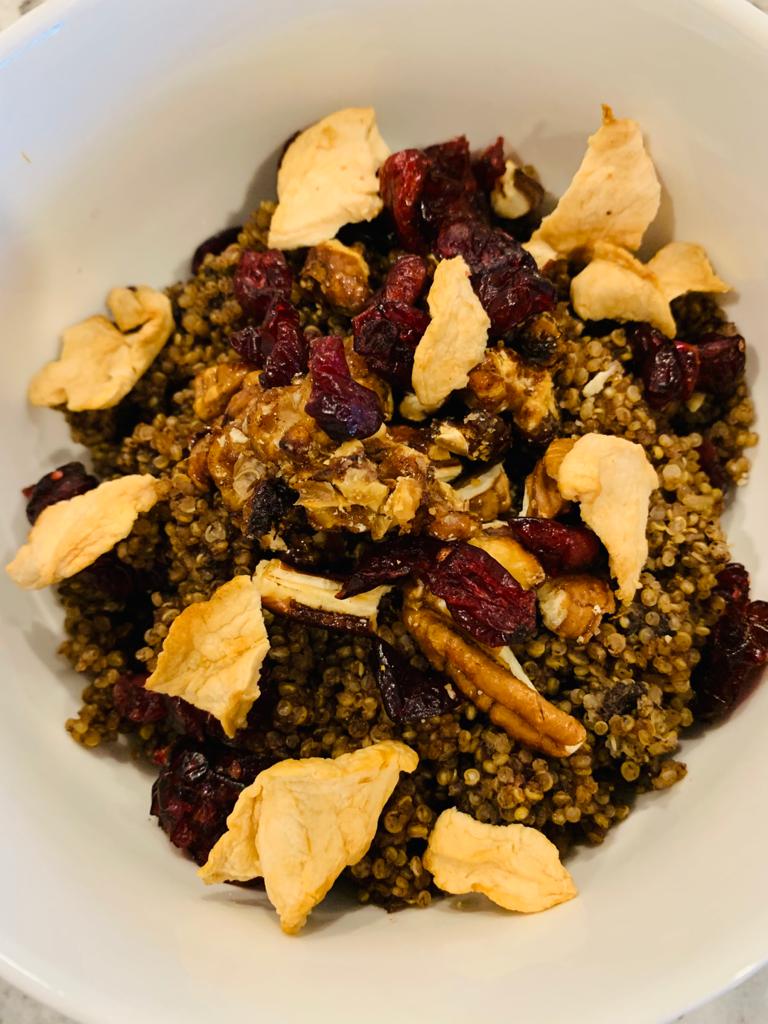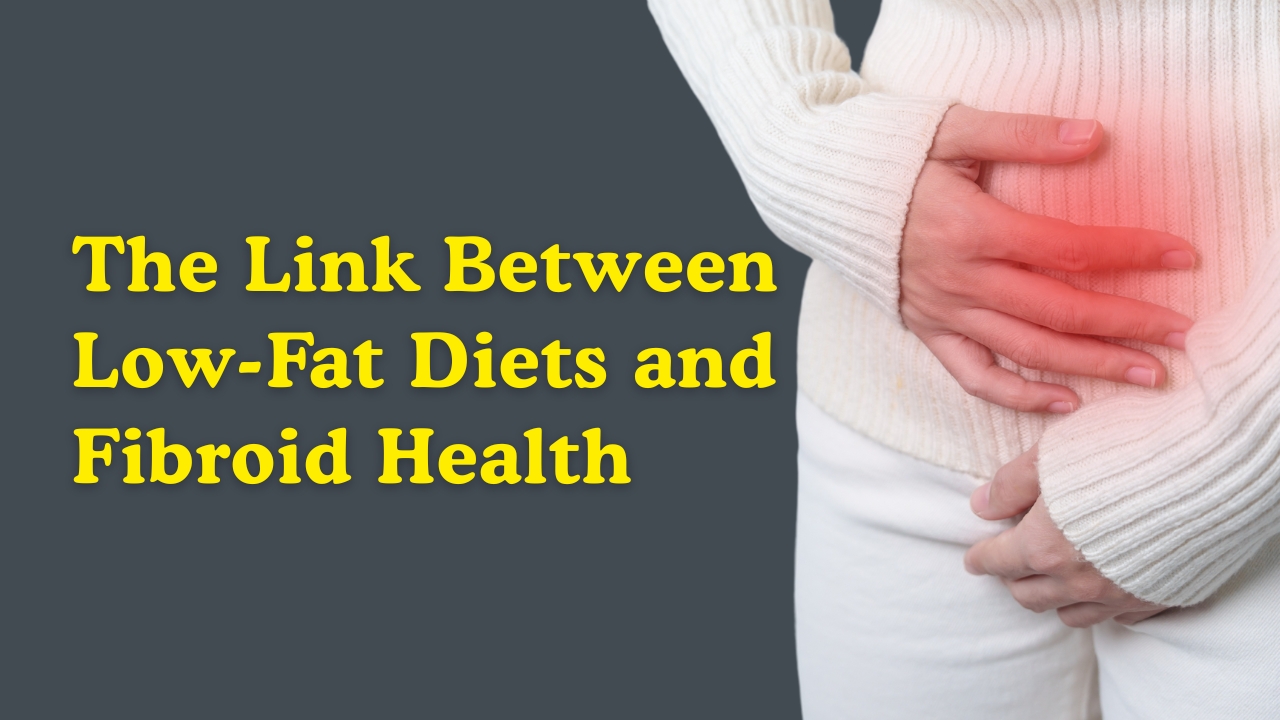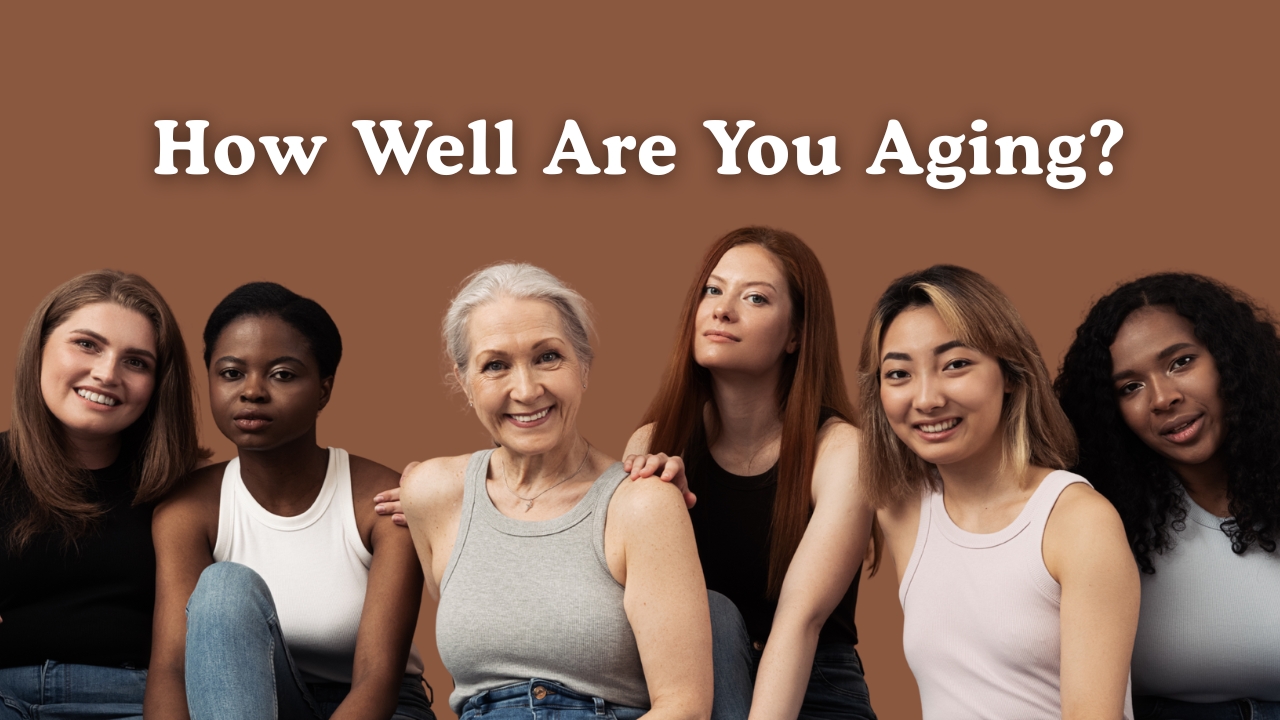I am Dr. Monique, Board-certified Family Physician and Founder of Physician in the Kitchen. With my NEW best-selling cookbook, Doc Fix My Plate! The Physician In The Kitchen’s Prescriptions For Your Healthy Meal Makeover, my other best-selling book, MealMasters: Your Simple Guide to Modern Day Meal Planning, my online course, Vegan-ish: How To Plant-Base Your Pantry and online cooking classes, I help busy households enjoy healthy plant-based eating without impacting their hectic schedules.
Hello MealMasters! People choose to adopt vegan or other lifestyles for a variety of reasons, and they are usually related to improving their health. They may want to eliminate the need for medications to treat their cholesterol or high blood sugar, or maybe they want to lose a few pounds to reach an ideal or preferred weight. By cutting out animal protein, you may notice an improvement in chronic conditions such as joint pain or kidney disease. You may also decrease your risk of developing certain types of cancer. For me, in addition to the known health benefits of a plant-based diet, I truly enjoy experimenting and testing recipes featuring vegetables or other plant-based foods. I also get to create in my “lab” while using my many kitchen gadgets and appliances. This year I am chronicling my journey toward more plant-based meals, and I am sharing with my readers my favorite foods, along with tips and tricks I have discovered along the way.
Today I am continuing my series, Dr. Monique’s Favorite Food ABCs. The foods that are on this list are here because of both their contributions to mouth-watering dishes as well their health benefits. So far we have discussed the following:
- A for avocado
- B for beans
- C for cilantro
- D for dairy replacements
- E for egg substitutes
- F for fresh and frozen fruits and vegetables
- G for ginger and garlic
- H for herbs
- I for Indian spices
- J for jackfruit
- K for Kale
- L for Lentils
- M for Maple Syrup
- N for Nuts
- O for Orange
- P for Portabello Mushrooms
Q for Quinoa: I am SUPER excited to write this column because quinoa is HANDS DOWN one of my new absolute faves! Back story: I have texture issues, and by that I mean I don’t like the way certain foods feel in my mouth. I know, sounds weird, right? I simply cannot stand the way oatmeal feels in my mouth, which is unfortunate because oatmeal is extremely good for you. But the texture just does not work for me. I knew I had to find a healthy alternative for a hot cereal (as opposed to the Cream of Wheat I grew up eating, which can be higher in simple carbohydrates and lower in fiber content). Enter quinoa to save the day! I have been so happy to discover quinoa that I must spread the word. It is my go-to for a nice, hot, filling breakfast (and of course it can be used in savory dishes as well).
Quinoa (pronounced keen-wah) has many health benefits and is a good source of protein, carbs, fiber, iron, calcium, and minerals, such as iron, potassium, calcium, phosphorus, and magnesium. It contains vitamin E and B vitamins. In fact, it is one of the few plant sources of complete protein (the other is amaranth, another ancient grain gaining in popularity). This means it contains adequate amounts of all nine of the essential amino acids that our bodies cannot make. Essential amino acids should be eaten every day, so they must be a part of your daily diet. Keep in mind there are 20 amino acids in total that your body needs to function (they are considered the “building blocks” of proteins after all) but there are only nine that are considered essential. In addition to making proteins, amino acids are used to make hormones and neurotransmitters, which are brain chemicals that affect mood.
Quinoa is actually a seed but is classified as a whole grain. Known as a pseudocereal, it is a seed that is prepared and eaten like the cereal grains wheat, rice, and oats. Quinoa comes in different colors such as red, white, and black, and you can buy them in mixed bags with all three are sold together. My favorite go-to though is the white variety, but red is a close second. I know what you are thinking. My usual advice is to eat your colors, but there are exceptions to every rule, right? Being a member of the plant family, quinoa does contain antioxidants and anti-inflammatory properties, which are important in preventing cancer and other chronic diseases such as heart disease and diabetes.
Quinoa contains 30 grams of carbohydrates per 1/4 cup, so be mindful of that. However, these are predominately complex carbs that are better for you because they are digested more gradually. This means that they do not cause spikes in your blood sugars like simple carbohydrates do. These spikes and subsequent crashes can cause hunger and irritability and may lead to excess snacking and weight gain.
Quinoa is high in fiber, which plays an important in bowel health. Fiber helps you feel full which can lead to decreased snacking and result in weight loss. Quinoa is a good option for people who are gluten-intolerant because it is gluten-free. Because it is high in protein, it can boost your metabolism which means you burn calories efficiently throughout the day.
I have used quinoa in dishes for breakfast, lunch, and dinner. I add cinnamon, nutmeg, maple syrup, and a splash of vanilla for a warm and hearty breakfast. I also created a chocolate quinoa recipe for my son who absolutely loves it…it’s like eating dessert for breakfast! I also use it in my stuffed bell peppers.
Below is my recipe for Chocolate Quinoa that is sure to be a hit. Be sure to post a pic and tag me @physicianinthekitchen if you make this recipe.

Be sure to join me weekly on the Clubhouse app, Mondays at 6 pm EST as I discuss my journey toward more plant-based meals as well as tips and tricks I have learned along the way that may help you as well.
See you in the kitchen!

For more information, be sure to visit me at DrMoniqueMay.com, and join the #MealMastersCommunity at www.Facebook.com/groups/mealmasters today.
Follow me on Instagram at https://www.instagram.com/drmoniquemay and https://www.instagram.com/physicianinthekitchen/ and Facebookat https://www.facebook.com/DrMoniqueMay and https://www.facebook.com/physicianinthekitchen.



